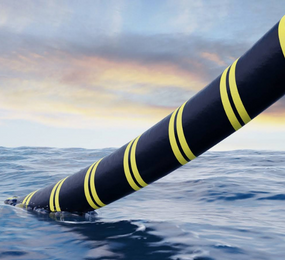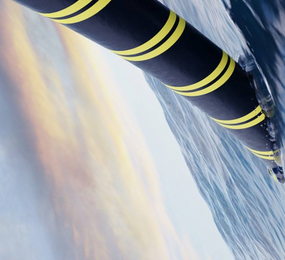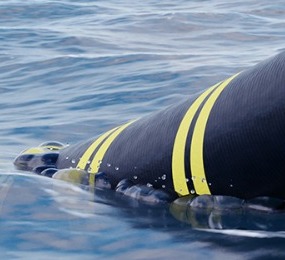The asset fleet consists of High voltage Cables, Low or medium voltage Cables, Service cables, and Underground cables. Cable assets have an average life of 25 years. Although due to innovations in development and production, Assets can last up to 55 years. Assets operate across a diverse environment such as temperature, rainfall, humidity, and others which causes asset deterioration and promotes challenges when managing the assets.
Key cable asset challenges that require management include insulation, deterioration, earthing screen/ system degradation and specific type defect, outer sheath damages, water ingress, and others.
To enhance asset management operation- data collection and analytics, investment strategies, and targeted routine inspections all help in making a better asset management plan. Cable systems are typically built to be reliable and perform their special duty excellently in a case where cable fails it shows the asset health has deteriorated. Notably, degradation is accompanied by design defects, outer sheath damage, and thermal loading. So do you know that these effects could be analyzed and identified by the use of automated monitoring equipment? Yes, automated monitoring will help you predict the future of the asset via failures and damages which will definitely help in your failure prevention, elimination, and repair mechanisms.
Maintenance plays an important role in the early detection of asset health issues and conditions as well as the asset prioritization for further studying. Inspection findings, field service feedback, and performance measures are the main inputs used to identify those assets that are of particular concern or may have a type of issue. Routine asset inspections are mostly applied in the maintenance phase.
The Life cycle asset management approach includes the following:
-
Utilization of the maximum, assets throughout its life cycle.
-
Asset management cost optimization
-
Lowering asset risks to minimum
-
Continuous Improvement of asset health generally.
Stages in the life cycle of asset management
Planning: the key to running a successful project is always planning. Calculate the capital cost of the requirements needed for the said asset to function. The need for the asset, the design (criticality, configuration, level of redundancy, and capacity), the risks involved, the task costs, cost of operation, maintenance, and even repair.
Design: Asset design is a crucial part of every product's life. Assets are built with the specifications of their function and the location where they will operate. Standardization is a general method applied while designing a cable asset so as to meet the design criteria of that particular cable asset. Standardization possesses a lot of benefits such as error removal, boosts manufacturer's confidence, promotes longevity and productivity, and even attracts massive investment for the said project.
Operation: Operational activities involve the entire running of the project. Asset operations include activities associated with the monitoring- emergency, normal, and real-time switching, operation, and control of the asset so as to adapt to any change in the network requirements.
Maintenance: Involves the premium care given to assets to promote functionality and productivity. In this phase, the assets are always monitored, and records are kept on the operational activities as well as repair systems so as to avoid project shutdown and avoidable expenses. Asset maintenance is divided into three parts which are preventative, corrective, and unplanned maintenance.
-
Preventative maintenance: involves the care and repair activities given so as to reduce failure occurrences or deterioration of asset performance which include routine check-ups, monitoring, upkeep, and repair- testing and components replacements.
-
Corrective maintenance: involves activities concerning the defects in asset repair due to condition examinations or failures.
-
Unplanned maintenance: involves activities to restore operation after emergency failures or damages.
Renewal (repex): Involves the activities to set up a new asset due to the health condition of the existing asset structure. The need for a new placement is usually identified during the maintenance phase of an asset.
Disposal: The decision to reuse or dispose of an old cable asset totally depends on its potential. Is it still redeemable after repair? Can it still operate efficiently after repair? Can it be used as spare parts for already in-use assets? All these will definitely determine if the asset is reusable or to be disposed of with immediate effect.
















